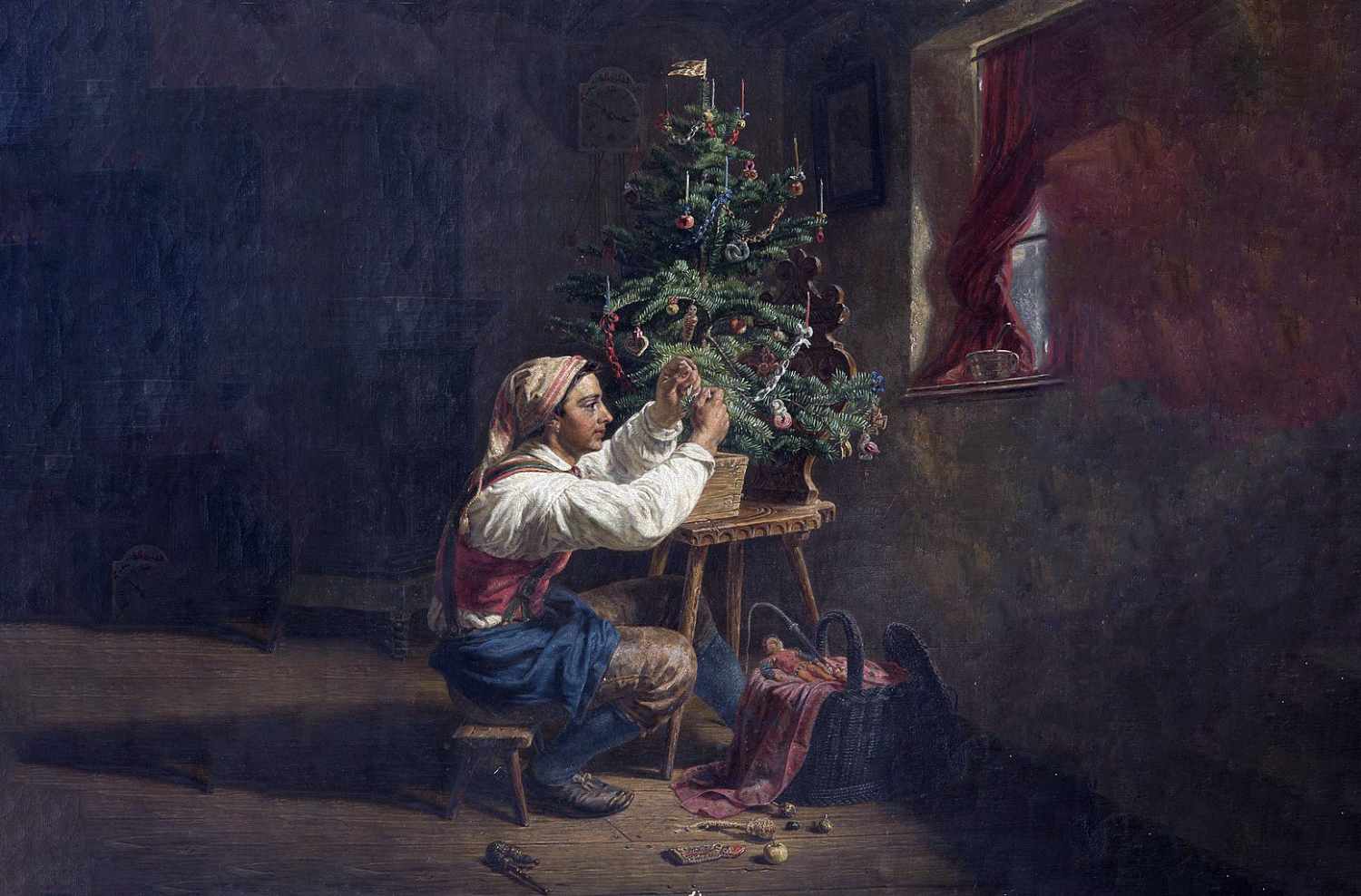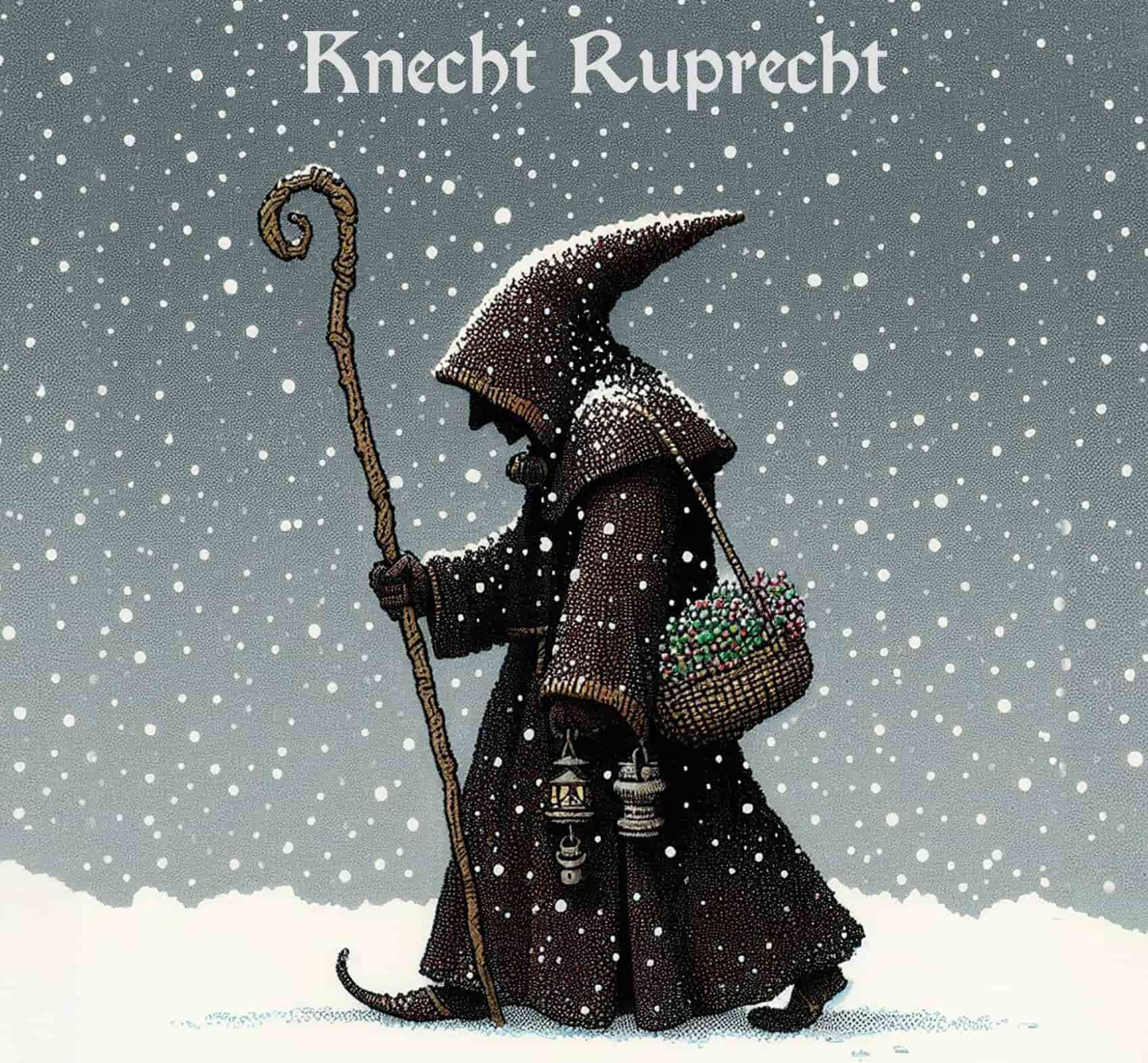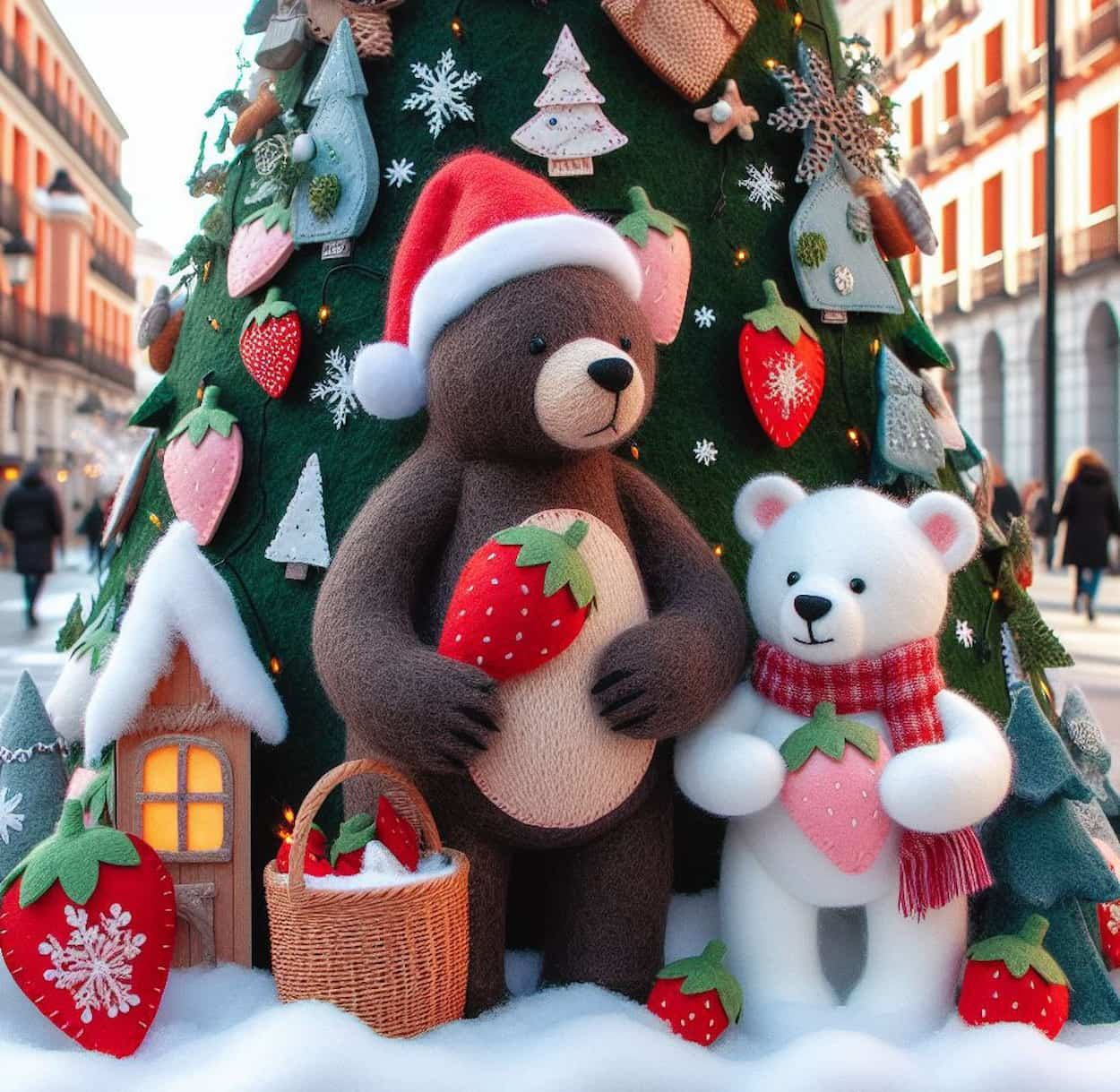Christmas in Honduras: Traditions, Celebrations, and Cuisine
Christians, mostly practicing Catholicism and Evangelicalism, make up the bulk of Honduran society. The nation's constitution guarantees religious freedom, and the country as a whole is secular.






